Machine Learning: Natural Language Processing in Python (V2)
Loại khoá học: Data Science
NLP: Use Markov Models, NLTK, Artificial Intelligence, Deep Learning, Machine Learning, and Data Science in Python
Mô tả
Hello friends!
Welcome to Machine Learning: Natural Language Processing in Python (Version 2).
This is a massive 4-in-1 course covering:
1) Vector models and text preprocessing methods
2) Probability models and Markov models
3) Machine learning methods
4) Deep learning and neural network methods
In part 1, which covers vector models and text preprocessing methods, you will learn about why vectors are so essential in data science and artificial intelligence. You will learn about various techniques for converting text into vectors, such as the CountVectorizer and TF-IDF, and you'll learn the basics of neural embedding methods like word2vec, and GloVe.
You'll then apply what you learned for various tasks, such as:
Text classification
Document retrieval / search engine
Text summarization
Along the way, you'll also learn important text preprocessing steps, such as tokenization, stemming, and lemmatization.
You'll be introduced briefly to classic NLP tasks such as parts-of-speech tagging.
In part 2, which covers probability models and Markov models, you'll learn about one of the most important models in all of data science and machine learning in the past 100 years. It has been applied in many areas in addition to NLP, such as finance, bioinformatics, and reinforcement learning.
In this course, you'll see how such probability models can be used in various ways, such as:
Building a text classifier
Article spinning
Text generation (generating poetry)
Importantly, these methods are an essential prerequisite for understanding how the latest Transformer (attention) models such as BERT and GPT-3 work. Specifically, we'll learn about 2 important tasks which correspond with the pre-training objectives for BERT and GPT.
In part 3, which covers machine learning methods, you'll learn about more of the classic NLP tasks, such as:
Spam detection
Sentiment analysis
Latent semantic analysis (also known as latent semantic indexing)
Topic modeling
This section will be application-focused rather than theory-focused, meaning that instead of spending most of our effort learning about the details of various ML algorithms, you'll be focusing on how they can be applied to the above tasks.
Of course, you'll still need to learn something about those algorithms in order to understand what's going on. The following algorithms will be used:
Naive Bayes
Logistic Regression
Principal Components Analysis (PCA) / Singular Value Decomposition (SVD)
Latent Dirichlet Allocation (LDA)
These are not just "any" machine learning / artificial intelligence algorithms but rather, ones that have been staples in NLP and are thus an essential part of any NLP course.
In part 4, which covers deep learning methods, you'll learn about modern neural network architectures that can be applied to solve NLP tasks. Thanks to their great power and flexibility, neural networks can be used to solve any of the aforementioned tasks in the course.
You'll learn about:
Feedforward Artificial Neural Networks (ANNs)
Embeddings
Convolutional Neural Networks (CNNs)
Recurrent Neural Networks (RNNs)
The study of RNNs will involve modern architectures such as the LSTM and GRU which have been widely used by Google, Amazon, Apple, Facebook, etc. for difficult tasks such as language translation, speech recognition, and text-to-speech.
Obviously, as the latest Transformers (such as BERT and GPT-3) are examples of deep neural networks, this part of the course is an essential prerequisite for understanding Transformers.
UNIQUE FEATURES
Every line of code explained in detail - email me any time if you disagree
No wasted time "typing" on the keyboard like other courses - let's be honest, nobody can really write code worth learning about in just 20 minutes from scratch
Not afraid of university-level math - get important details about algorithms that other courses leave out
Thank you for reading and I hope to see you soon!
Bạn sẽ học được gì
How to convert text into vectors using CountVectorizer, TF-IDF, word2vec, and GloVe
How to implement a document retrieval system / search engine / similarity search / vector similarity
Probability models, language models and Markov models (prerequisite for Transformers, BERT, and GPT-3)
How to implement a cipher decryption algorithm using genetic algorithms and language modeling
How to implement spam detection
How to implement sentiment analysis
How to implement an article spinner
How to implement text summarization
How to implement latent semantic indexing
How to implement topic modeling with LDA, NMF, and SVD
Machine learning (Naive Bayes, Logistic Regression, PCA, SVD, Latent Dirichlet Allocation)
Deep learning (ANNs, CNNs, RNNs, LSTM, GRU) (more important prerequisites for BERT and GPT-3)
Hugging Face Transformers (VIP only)
How to use Python, Scikit-Learn, Tensorflow, +More for NLP
Text preprocessing, tokenization, stopwords, lemmatization, and stemming
Parts-of-speech (POS) tagging and named entity recognition (NER)
Yêu cầu
- Install Python, it's free!
- Decent Python programming skills
- Optional: If you want to understand the math parts, linear algebra and probability are helpful
Nội dung khoá học
Viết Bình Luận
Khoá học liên quan

Đăng ký get khoá học Udemy - Unica - Gitiho giá chỉ 50k!
Get khoá học giá rẻ ngay trước khi bị fix.




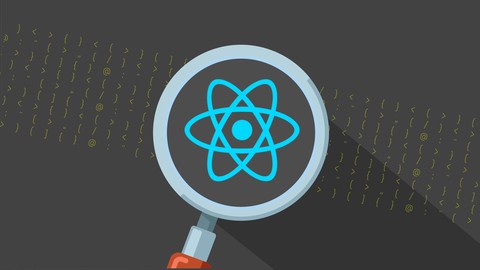
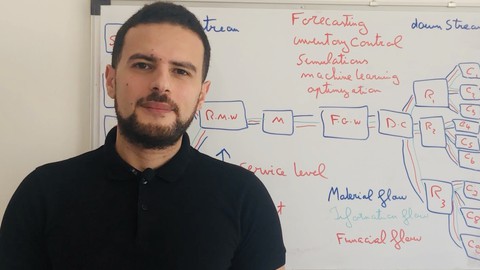

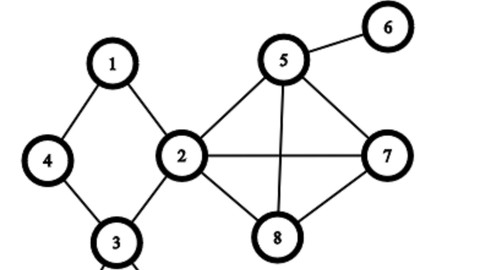



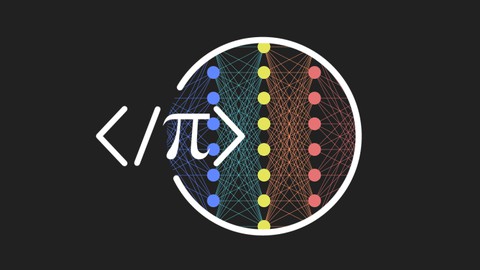

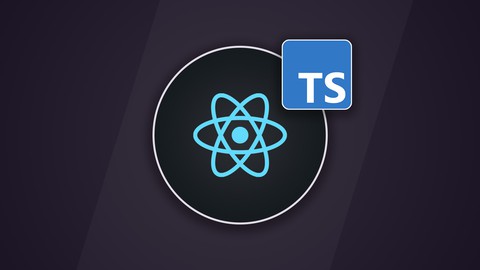

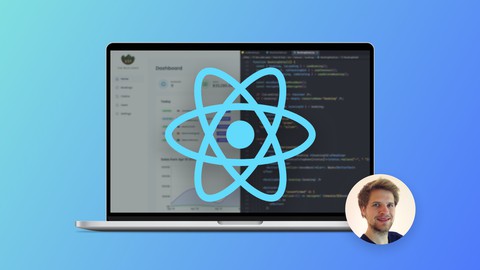

![Flutter BLoC TDD & Clean Architecture | Project Based [2024]](/uploads/courses/udemy/5495156_a418.jpg)
Đánh giá của học viên
Bình luận khách hàng